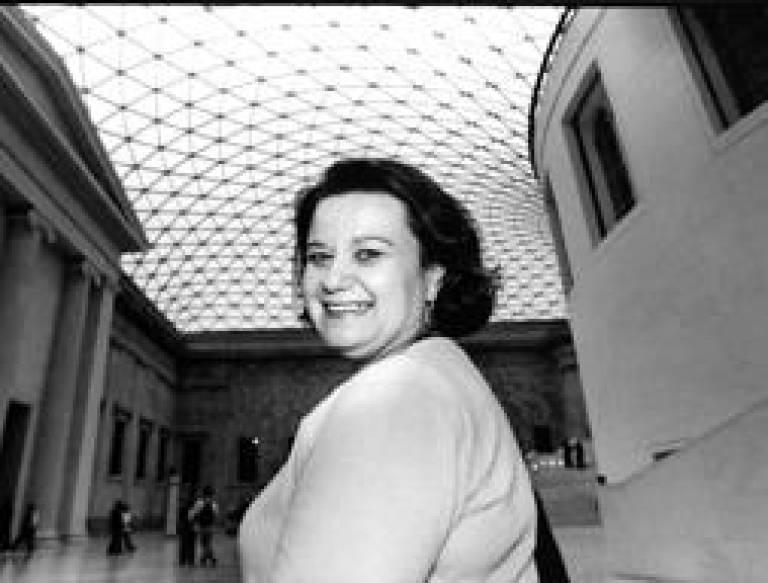Climate Change and the Historic Environment Report
29 September 2005
UCL's Centre for Sustainable Heritage has published a major scoping study on climate change and the historic environment, including historic buildings and standing structures, buried archaeology, parks and gardens.

Commissioned in 2002 by English Heritage, the report and underpinning research provides a view on the potential impact of various climate change scenarios on a range of historic assets over time.
The final report has been prepared by Professor May Cassar, of the Centre for Sustainable Heritage, who led a team of collaborators comprising Dr Robyn Pender (UCL Centre for Sustainable Heritage), Professor Lord Julian Hunt (UCL Earth Sciences), Professor Tadj Oreszczyn and Professor Phil Steadman (UCL Bartlett School of Graduate Studies) as well as contributions from Taryn Nixon (UCL Institute of Archaeology) and Jane Corcoran from the Museum of London Archaeology Service and Professor Bill Bordass (Bartlett Professor of Building, 1987-1988) of William Bordass Associates.
The North West and East of England were chosen as two regions of focus for the study. Professor Cassar said: "Of the 18 climate change factors highlighted at the start as relevant to heritage conservation, six were identified as being of critical importance to the two regions. These factors are higher temperatures, reduced rainfall in spring, summer and autumn, torrential winter rainfall, fluvial flooding, increase in sea levels/storm surge and extreme wind storms, even if the uncertainties surrounding some of the climate projections are acknowledged to be high."
The UK Climate Impacts Programme helps organisations assess and prepare for potential risks associated with climate change. Their 'High and Medium-High Emission Scenarios for the 2080s' provided the scientific baseline for the study. "The methodology of the study involved selecting the factors considered to be most relevant to the historic environment and assessing their impact on cultural heritage in situ," said Professor Cassar. The evidence was assembled into regional demonstration risk maps for analysis and the information was further refined during workshops which identified gaps in information and research.
The report identifies the need for new understanding of the behaviour of traditional materials in the context of extreme weather, the use of remote sensing such as satellite technology, the application of bio-sensing to assess biological damage to materials, the importance of emergency preparedness and the need for better understanding of the value and significance of the historic environment and how to share knowledge of how the historic environment will need to adapt in the face of climate change as research areas to be addressed in the next 10-15 years.
Link:
 Close
Close

